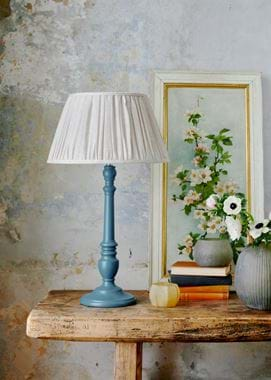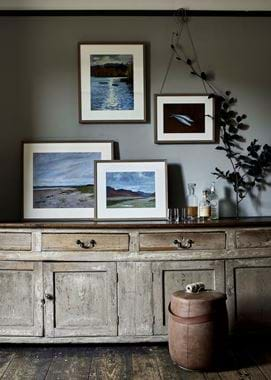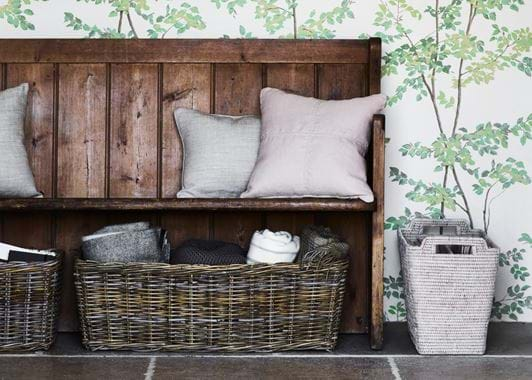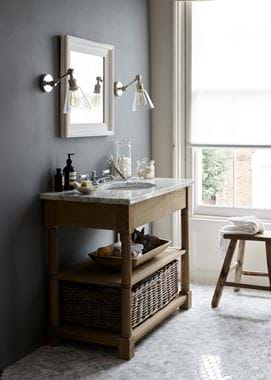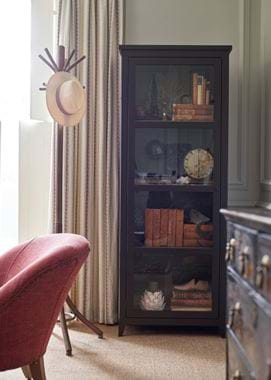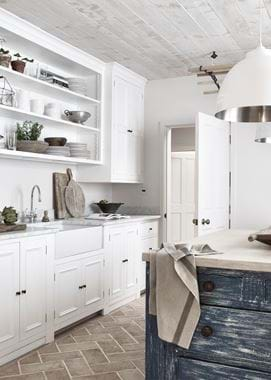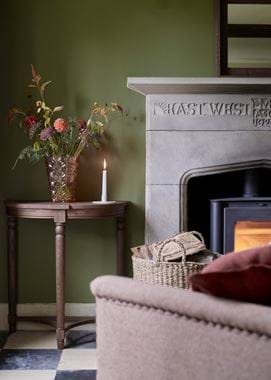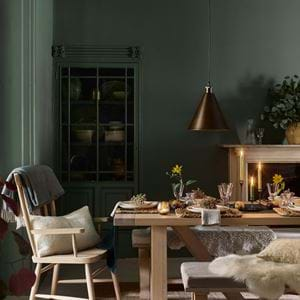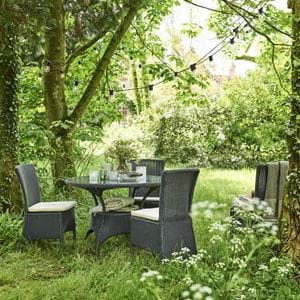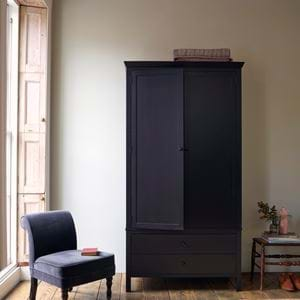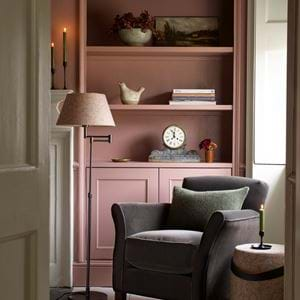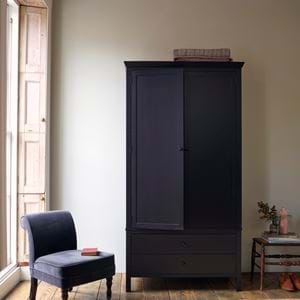How to mix new and antique furniture
How to mix new and antique furniture
While some homes are furnished almost exclusively with antiques, in others where furniture is mostly of the 21st century, the occasional antique will lift the whole scene, stopping it from becoming too matching or too pristine. With that in mind, Simon Temprell, who leads our home design team at Neptune, shares his advice below on how to make old and new pieces work together beautifully.
Is there a number one rule?
‘You need to achieve balance. That’s the most important thing. If you have a modern room for example, most of the time one antique alone won’t suffice. You would need to counter balance it with one or two other pieces – ideally placed opposite one another – to build visual balance. The same applies if you invert your scheme. A space full of antiques wanting to introduce contemporary art couldn’t rely on one big abstract canvas behind a sofa. Perhaps you could have a gallery on the adjacent wall with a mixture of modern and classic art juxtaposed against one another. The ratio needn’t be 50:50, but I would say you should be looking at 70:30.’
How many different types of wood can you mix in one room?
‘As many as you like! At Neptune, we’re not big fans of everything matching and much prefer a combination of different types of timber in a room. In the natural world, all oak trees aren’t perfectly uniform. Nor is a forest necessarily filled with one type of tree. We welcome that differentiation in natural materials. It’s more interesting to look at, it makes a room feel more alive, and it’s softer on the eye too. Most of us are drawn to a few types of wood that we like most anyway so it’s unlikely you’ll want to put ten different timbers in the same space. Instinctively, you’ll gravitate towards perhaps three or four. I would say, try to not get too hung up on that and go with what you’re drawn to. Neptune furniture blends really well and very easily with everything from walnut to spruce.’
Can I use antique accessories to achieve balance in my room as well as furniture?
‘Absolutely. In the bathroom scene with the salvaged milk stool, I would be looking for something wall-mounted like an apothecary-style cabinet or shelving and then perhaps a couple of pieces of decorative brown-glass accent vases. In the other image with the distressed blue kitchen island that we’ve put in a laundry room, you’ll just about identify a vintage bowl in the centre and an old-fashioned ceiling-suspended clothes maiden above. Then to help weight the other side of the room, just a few old and gnarled breadboards that we’ve left propped up on the work surface are more than sufficient. This is a case where one big piece of antique furniture is plenty because of the size of the piece in comparison to the size of the room. I might want to put an aged shelving unit on the wall to the right however. Ultimately, you’re looking for accessories that’ll mirror the texture or the tone of the antique furniture in the room – or both.’
How many eras of furniture should I use?
‘Here I would say you want to restrict things. Interior design is a blend of discipline in some areas and freedom in others. Two or no more than three eras of furniture in one room is more than enough. In terms of what pairs particularly well with Neptune, I always suggest Georgian furniture. The elegance of the Regency period is a really excellent complement to our designs. Even older, such as Jacobean or Elizabethan, works well too. Surprisingly, the mid-century movement is something that combines with certain Neptune pieces too, like Shoreditch and Carter whose strong, clean lines are subtle enough to pair with 1950s style furniture and lighting.’
Is it a problem if I don’t want to use antiques in my home?
‘Antiques aren’t for everybody and there’s nothing wrong with that. A lot of modern furniture is designed to imitate antiques because a lot of people favour new furniture and accessories in their homes. Blenheim, for example, is one of our table collections and we designed that with period furniture in mind. The deeper tone to the wood, the pronounced grain, the finely turned legs – they all lend it an antique character. Pieces like this are a very good way of adding depth and difference to your interior design without needing to invest in furniture that’s pre-loved.’

